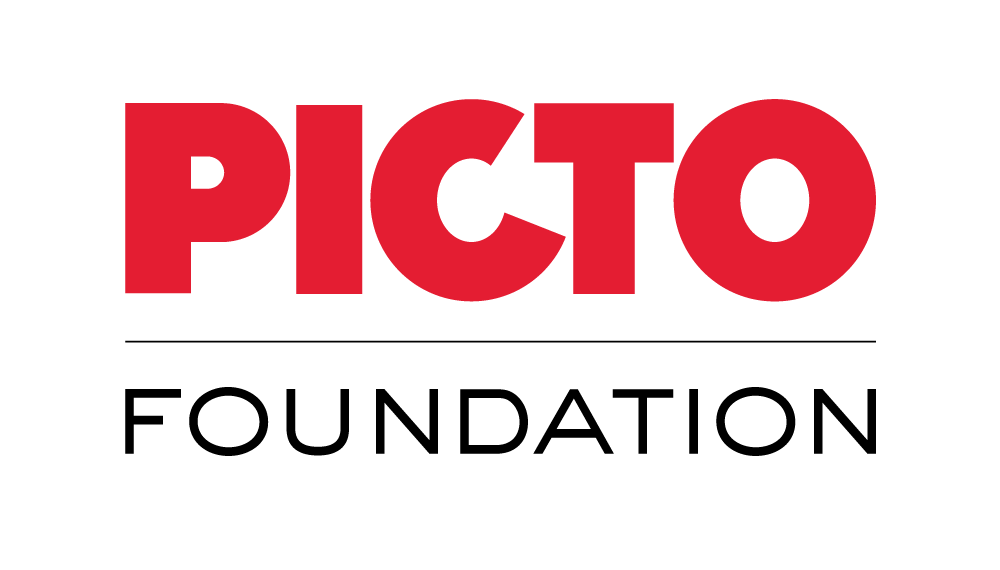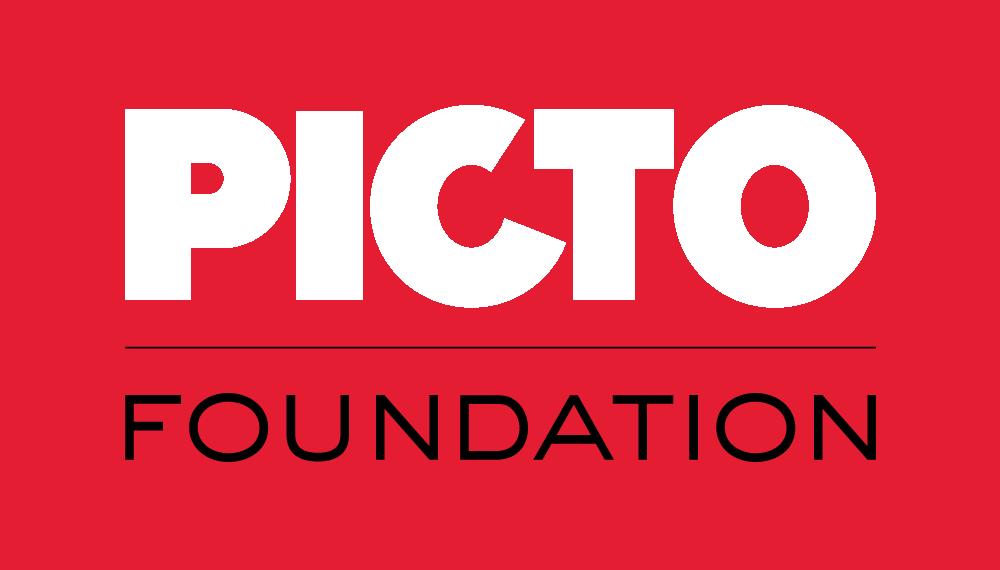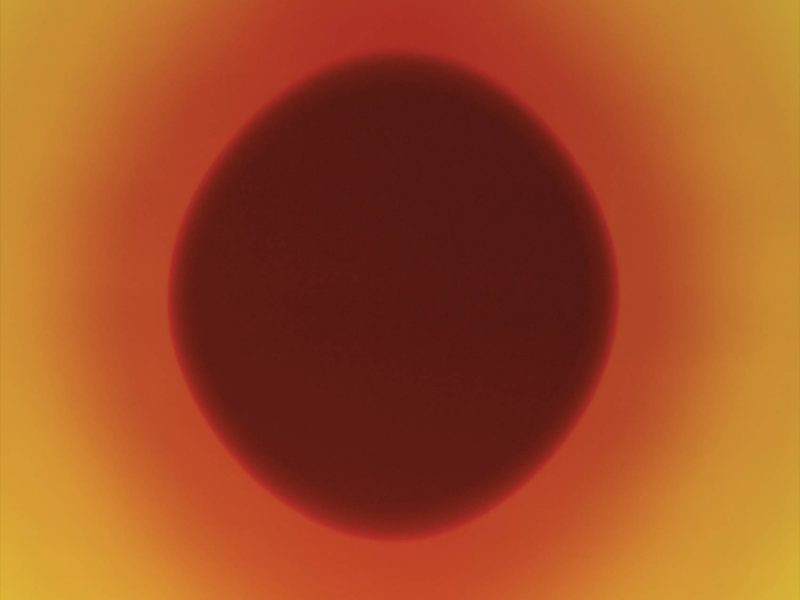Interview with Sasha Mongin, winner of the 2025 Bourse du Talent
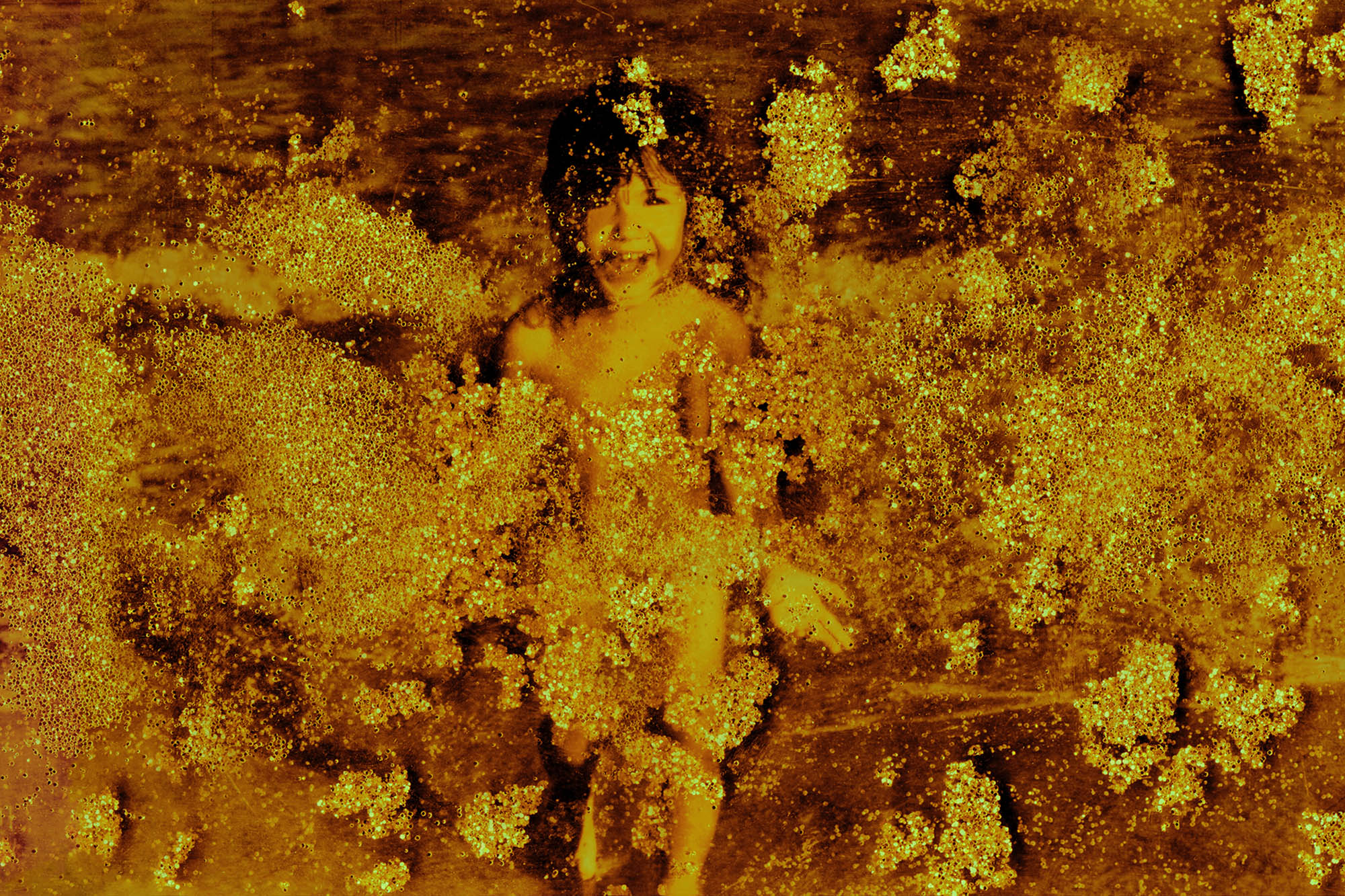
Focusing on new documentary approaches, the Bourse du Talent selects young photographers to continue to tell the story of our world while incorporating the evolution of the forms and constraints of image mediation. The Bourse du Talent jury met in Arles during the opening week of the Rencontres d’Arles to select its three new winners: Sasha Mongin, Santanu Dey and Aria Shahrokhshahi.
In 2025, MPB, Europe’s top camera reseller, becomes the main partner of Bourse du Talent, a historic programme to help emerging talent that has been supported by PICTO for 25 years
Reflection on Sasha’s Life and Artistic Journey
Congratulations on this award. What does this recognition mean to you?
When I started my career as a photographer, I first learned to make beautiful, eyecatching images — eye candy. Over time, I began telling stories through my series.
The Dying Man Who Wouldn’t Die is an intimate and di?icult story. Receiving this award is a precious confirmation : it tells me I’m on the right path.
How did you react to the announcement of your selection among the laureates?
With a lot of emotion. It’s an immense and ambivalent joy — the difficulty of diving back into my memories, and at the same time, the satisfaction of having managed to transform that pain into artistic material.
In what ways could this recognition impact the next steps of your professional journey?
It encourages me to trust my instincts even more and to continue exploring the boundary between the intimate and the universal. It’s a real personal booster.
Could you tell us about your background: how did you come to photography and documentary photography?
I was introduced to photography as a teenager, but I consider the start of my true photographic maturity to be during the lockdown. That’s when I created a series reflecting on everyday objects that had become useless. The series was published in Fisheye, and that was a turning point for me.
Presentation of The Dying Man Who Wouldn’t Die ’s Project
Could you present the series/project that earned you this distinction?
This project stems from a deeply personal story: my father was infected with HIV during a blood transfusion in 1982. My entire childhood was marked by the idea of his imminent death. Yet he is still alive today. Through this work, I try to depict that paradox — the presence of death as a daily horizon in the life of a child who is growing up.
What was your initial intention, and how did you translate it visually?
I wanted to go beyond a purely documentary narrative. My first intention was to reconnect with the child I once was and to give her a voice. This project is less about my father’s story than about the gaze of a child facing her own tragedy. I seek to express this vision by combining family archives, staged images, and details that evoke dreams or a child’s words — a kind of hybrid visual language that makes intimate memory tangible.
What were your main inspirations or artistic influences for this project?
I draw inspiration as much from visual arts as from cinema and music. The first name that comes to mind is probably Nan Goldin, for her relationship with AIDS and her ability to weave the personal and the political.
I also think of Freddie Mercury, who kept creating and singing even as he knew he was condemned. Songs like “Who Wants to Live Forever” or “The Show Must Go On” resonate with me as both tragic and heroic anthems, carried by a voice that faced death.
But my most essential sources come from within: my memories, my childhood sensations — they became my raw material.
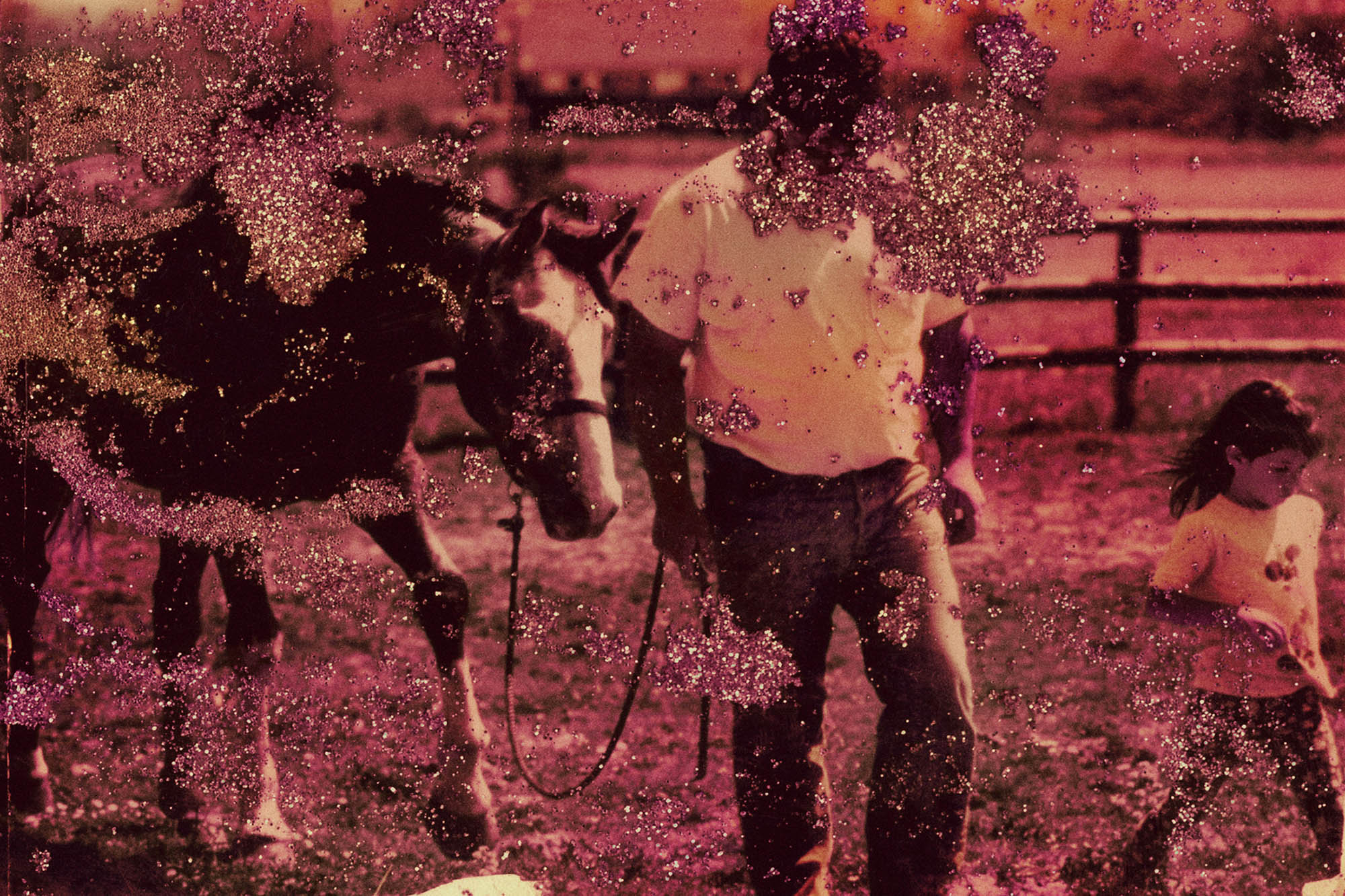
MPB asks:
What is your relationship with photographic equipment ?
I look for tools that disappear in the act of shooting. The technique has to be solid but discreet — at the service of the gaze, not the other way around. I want to be able to focus on what I feel, without the camera imposing its presence on me.
What equipment did you use to carry out this project?
Mainly my Canon 5D Mark III and an Epson scanner, to work with archives and create a dialogue between past and present.
Are you more attached to a particular type of camera or lens, or do you like to vary depending on the project? Do you plan to change your equipment in the near future?
I’m very loyal to my 50mm lens — it’s my travel companion. As for cameras, I’m not particularly attached to one model: as long as I have a viewfinder and a fixed focal length, I’m happy. However, I’m thinking of expanding into video. I’ve already directed three music videos in the past two years, always with strong technical teams, but now I want to get my hands dirty and experiment on my own.
When smartphones with cameras appeared, many predicted the death of photography. On the contrary, the equipment sector, particularly the secondhand market, has only grown stronger. In your opinion, what forces will shape the photography sector over the next 15 years?
Fifteen years is an eternity, especially as we’re only at the beginning of the industrial revolution that is AI. I don’t believe in the “great replacement” of photography, but the market has entered a challenging phase of transformation. It’s a leveling-up process that’s moving very fast, and everyone in the field has to adapt. Looking on the bright side, it will push us to express our awareness and creativity even more strongly.
Looking Ahead : Vision and Perspectives
What are your upcoming projects after this award?
There are many. I want to keep developing The Dying Man Who Wouldn’t Die, but also explore filmmaking further. I’d also like to carry out projects that take me back to China, where I lived and studied language and civilization for nearly a decade. It’s time for me to build a bridge with that part of my story. This grant gives me the momentum to broaden my horizons and assert my artistic voice.
If you had to give advice to a young artist who is hesitant to start, what would it be?
Don’t wait to be “ready.” You never really are. Dare to show your work, even if it’s imperfect, and allow yourself to grow along the way. Boldness and sincerity matter more than perfection.
En 2025, MPB, le premier revendeur d’appareils photo en Europe, devient partenaire principal de la Bourse du Talent, un programme historique de soutien aux talents émergents soutenu par PICTO depuis 25 ans.
A program

made possible thanks to the support of our main partner
and our other partners
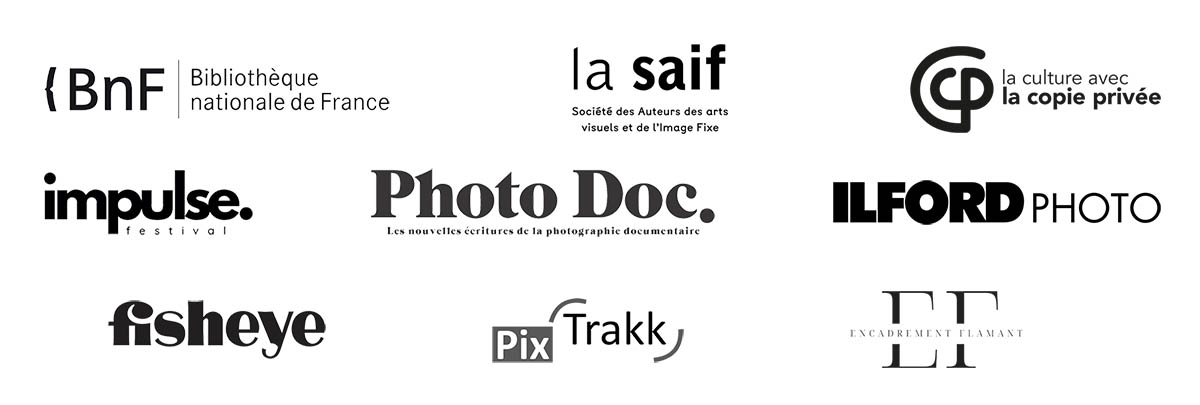
Upcoming exhibition
La Photographie à tout prix
From December 15, 2025
BnF – François-Mitterrand
Quai François Mauriac
75013 Paris – France
